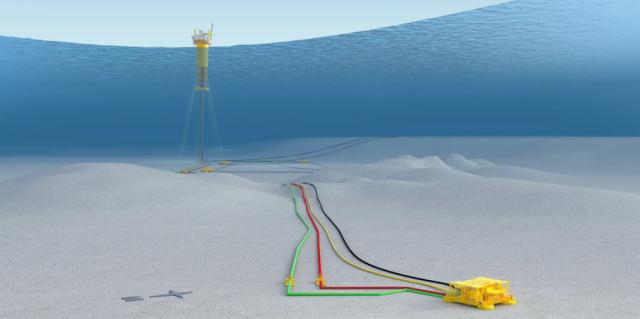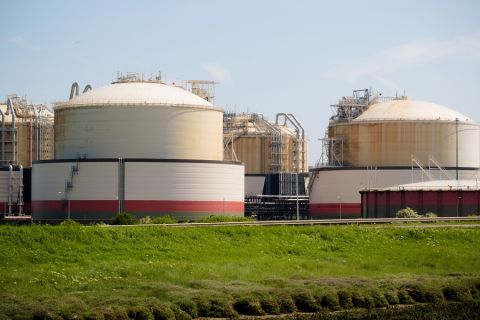
The Irpa discovery, formerly known as Asterix, was proven in 2009 and is in deep water in the Norwegian Sea, 340 km west of Bodø. (Source: Equinor ASA)
Norway’s Equinor ASA and its partners on Nov. 22 said they would invest 14.8 billion Norwegian crowns (US$1.44 billion) in developing the Irpa gas discovery in the Norwegian Sea.
The subsea project aims to produce around 20 Bcm of natural gas for export to Europe via the Aasta Hansteen platform some 80 km (50 miles) east of Irpa, the partnership’s development plan showed.
The water depth of around 1,300 m (4,300 ft) makes Irpa, previously known as Asterix, one of the deepest finds to be developed offshore Norway and the country’s fourth producing petroleum field north of the Arctic circle.
“The Irpa development will use available processing capacity on the Hansteen platform when production gradually declines and at the same time contribute to extending the life of the Hansteen field,” Norway’s energy ministry said in a statement.
Production is expected to start in the final quarter of 2026 and last until 2039, the development plan showed. It was not immediately clear how much gas could be pumped each day at peak production.
Equinor, the field’s operator, has a 51% stake in the Irpa license, with state-owned Petoro holding 20%, Wintershall Dea 19% and Shell 10%.
(US$1 = 10.2451 Norwegian crowns)
Recommended Reading
Texas LNG Export Plant Signs Additional Offtake Deal With EQT
2024-04-23 - Glenfarne Group LLC's proposed Texas LNG export plant in Brownsville has signed an additional tolling agreement with EQT Corp. to provide natural gas liquefaction services of an additional 1.5 mtpa over 20 years.
What's Affecting Oil Prices This Week? (April 22, 2024)
2024-04-22 - Stratas Advisors predict that despite geopolitical tensions, the oil supply will not be disrupted, even with the U.S. House of Representatives inserting sanctions on Iran’s oil exports.
Association: Monthly Texas Upstream Jobs Show Most Growth in Decade
2024-04-22 - Since the COVID-19 pandemic, the oil and gas industry has added 39,500 upstream jobs in Texas, with take home pay averaging $124,000 in 2023.
Shipping Industry Urges UN to Protect Vessels After Iran Seizure
2024-04-19 - Merchant ships and seafarers are increasingly in peril at sea as attacks escalate in the Middle East.
Venture Global, Grain LNG Ink Deal to Provide LNG to UK
2024-02-05 - Under the agreement, Venture Global will have the ability to access 3 million tonnes per annum of LNG storage and regasification capacity at the Isle of Grain LNG terminal.



